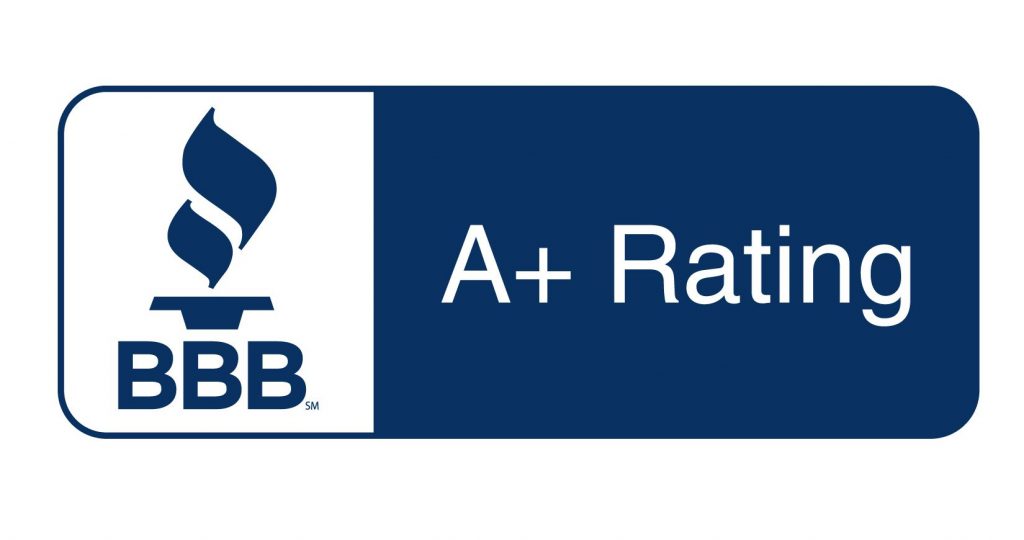When it comes to Medicare, timing is everything. Choosing the right coverage can have a big impact on your healthcare costs and access to providers, but knowing when you can make changes is just as important as knowing what to choose. Two of the most important enrollment windows are the Annual Election Period (AEP) and the Open Enrollment Period (OEP).
These two periods are often confused, but they serve very different purposes. Understanding how they work can help you avoid mistakes, prevent gaps in coverage, and make sure your Medicare plan fits your needs.
Understanding the Medicare Annual Election Period (AEP)
The Annual Election Period runs each year from October 15 to December 7. This is the main opportunity for all Medicare beneficiaries to make changes to their coverage, regardless of whether they’re on Original Medicare or already enrolled in a Medicare Advantage plan.
During AEP, you can:
- Switch from Original Medicare to a Medicare Advantage plan.
- Switch from a Medicare Advantage plan back to Original Medicare.
- Change from one Medicare Advantage plan to another.
- Join, switch, or drop a standalone Part D prescription drug plan.
Any changes you make during this time will go into effect on January 1 of the following year.
AEP is especially important because drug costs, plan premiums, provider networks, and coverage rules often change each year. Your insurance company is required to send you an Annual Notice of Change (ANOC) every September, outlining what’s different in the coming year. Reviewing this notice before AEP helps you decide whether it makes sense to keep your current plan or explore alternatives.
Understanding the Medicare Open Enrollment Period (OEP)
The Open Enrollment Period happens each year from January 1 to March 31. Unlike AEP, this window is much narrower in scope. It’s only available to people who are already enrolled in a Medicare Advantage plan.
During OEP, you have two choices:
- Switch from your current Medicare Advantage plan to a different Medicare Advantage plan.
- Drop your Medicare Advantage plan and return to Original Medicare. If you return to Original Medicare, you can also add a standalone Part D prescription drug plan.
What you cannot do during OEP is just as important to understand. You can’t:
- Join a Medicare Advantage plan if you’re currently on Original Medicare.
- Enroll in or switch standalone Part D drug plans unless you’re leaving Medicare Advantage altogether.
Unlike AEP, where you can make multiple changes and only your last choice counts, OEP allows you to make only one change. Once you’ve used it, you’ll need to wait until the next AEP (or qualify for a Special Enrollment Period) if you want to adjust your coverage again.
Changes made during OEP become effective on the first day of the month after your request is processed. For example, if you switch plans in February, your new coverage begins March 1.
Key Differences Between AEP and OEP
While both AEP and OEP allow you to make changes to your Medicare coverage, their differences are significant.
- AEP takes place in the fall, while OEP runs during the first three months of the year.
- AEP is open to all Medicare beneficiaries. OEP is only for people who are enrolled in Medicare Advantage.
- AEP allows for a wide range of changes: switching between Original Medicare and Medicare Advantage, adjusting drug coverage, or moving between Advantage plans. OEP is limited to switching Advantage plans or dropping one to return to Original Medicare.
- During AEP, you can submit multiple plan changes, with your most recent decision taking effect January 1. OEP, however, allows just one adjustment.
- AEP is the main time to join, switch, or drop standalone Part D plans. OEP only allows you to adjust prescription drug coverage if you’re leaving a Medicare Advantage plan.
These distinctions are why many people consider AEP the “main” Medicare enrollment season and OEP a secondary “safety net” for those in Medicare Advantage.
Why These Enrollment Periods Matter
Your Medicare needs can change from year to year. Maybe your medications have changed, your doctor is no longer in-network, or your premiums have gone up. Missing the chance to review and update your coverage during AEP could leave you with higher costs or fewer options for an entire year.
For Medicare Advantage members, OEP offers a chance to correct course. Perhaps you enrolled in a plan during AEP that sounded good on paper but doesn’t meet your expectations in practice. OEP gives you a one-time opportunity to switch plans or return to Original Medicare without waiting until the fall.
Both periods exist to ensure that beneficiaries aren’t locked into unsuitable coverage indefinitely. They are safeguards designed to keep your healthcare choices flexible and responsive to your needs.

How to Decide Which Enrollment Window to Use
The enrollment period you use depends on your situation. If you’re evaluating your overall Medicare strategy, including whether you want Original Medicare or Medicare Advantage, the Annual Election Period is the time to act. That’s also when you should reassess your drug coverage to make sure your prescriptions are still affordable.
If you’re already in a Medicare Advantage plan and find that your network, benefits, or costs aren’t what you expected, the Open Enrollment Period provides a valuable “second chance.” Just remember, you can only use it once, so it’s important to make a thoughtful choice.
A good first step is to review your Annual Notice of Change before AEP. From there, you can weigh your options and decide whether it’s best to stay put or explore alternatives. Working with a licensed Medicare advisor can make the process much easier and help you avoid costly mistakes.
Get Help Navigating Medicare Enrollment
The Annual Election Period and the Open Enrollment Period are two of the most important times of year for Medicare beneficiaries, but they serve very different purposes. AEP is your comprehensive window for making almost any type of coverage change, while OEP provides a limited opportunity for Medicare Advantage members to make adjustments after the new year begins.
Missing these deadlines can leave you stuck with coverage that doesn’t fit your needs, which is why it’s so important to plan ahead. At Carolina Senior Benefits, our team specializes in helping Medicare beneficiaries understand their options, compare plans, and make confident choices.
If you’re unsure which enrollment window applies to you or you simply want a trusted partner to guide you through the process, reach out to us today. We’ll make sure you get the coverage that fits your health needs and budget.





